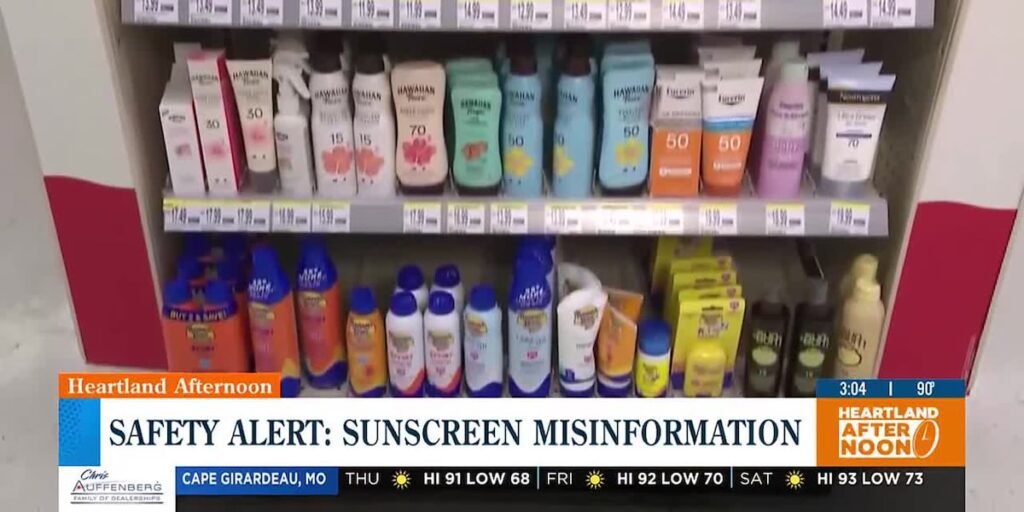The Importance of Sunscreen: Debunking Myths Among Young Adults
As the sunny season approaches, the necessity of sunscreen usage is more pressing than ever. A recent survey reveals alarming statistics: many young adults are falling prey to misconceptions about sun protection. Specifically, about one in seven adults under 35 mistakenly believe that using sunscreen can be more harmful than not using it at all, according to research from the Orlando Health Cancer Institute.
Common Misconceptions About Sunscreen
- Staying Hydrated Prevents Sunburn: Nearly 25% of respondents think that drinking water can stave off sunburns.
- Homemade Sunscreens: Some individuals are attempting to create their own sunscreen, putting them at increased risk for skin damage and potential skin cancers.
Dr. Allison Sindle, a board-certified dermatologist, emphasizes the vital role of sunscreen in protecting skin from harmful UV rays.
“That’s the goal, we’re protecting against ultra-violet radiation, so we are trying to prevent skin cancer,” says Dr. Sindle.
Understanding UV Rays
The sun emits two primary types of ultraviolet (UV) rays that pose risks to skin health:
- UVA Rays: Linked to aging and long-term skin damage.
- UVB Rays: Known for causing sunburn and increasing the risk of skin cancer.
Effective sunscreens provide protection against both types of UV radiation.
The Science Behind Sunscreen
Dr. Sindle assures users that sunscreen ingredients have been tested extensively, affirming their safety and stability for effective protection:
“Sunscreen has been studied for decades, we know that the ingredients in it are safe… they will provide you with the protection that you want until the expiration date.”
Risks of Homemade Sunscreen
Given the trend toward natural products, many consumers are tempted to make their own sunscreens but may not realize the potential drawbacks:
- Zinc Oxide: Although a common ingredient, when used alone, it is not shelf-stable, raising the risk of skin issues like acne.
- Essential Oils: Often viewed as natural alternatives, they can lead to burns or rashes when mixed in homemade formulas.
“I understand people’s reasoning for that, but it’s not a good idea for homemade sunscreen,” warns Dr. Sindle.
Choosing the Right Sunscreen
When selecting sunscreen, it’s essential to recognize the primary types available:
- Physical Blockers: These include minerals like zinc oxide and titanium dioxide, reflecting the sun’s rays off the skin.
- Chemical Blockers: Ingredients such as octisalate or avobenzone absorb UV rays.
For optimal protection, look for sunscreens that:
- Have an SPF of 30 or higher
- Offer broad-spectrum protection
- Are water-resistant
What to Avoid
Dr. Sindle cautions against products containing tanning oils:
“Tanning is a sign of skin damage. So, you really want to make sure you’re not using an oil-based product or one that says SPF 15 with a tanning oil, that’s not going to protect you well.”
No form of tanning is safe—and using a proper sunscreen is crucial for maintaining skin health.
Conclusion
As summer approaches, arming yourself with accurate information about sunscreen becomes increasingly vital. By debunking myths and understanding the importance of proper sun protection, young adults can take charge of their skin health. For detailed product recommendations and further reading on sun safety, visit American Academy of Dermatology, where expert guidance is readily available.
For more on the importance of sun protection, explore key studies that affirm the role of sunscreens in preventing skin damage and cancer. Understanding and using effective sunscreen is not just a summer trend; it’s a lifelong commitment to health.


